“How Does One Shoot a Frozen Clock?”
Luhuna Carvalho
When the COVID-19 pandemic first set in, a widely-held sentiment saw it as an opportunity for a sort of “healing.” Confronted with the suspension of daily life, society would finally be capable of discovering the long delayed universal ethical sensibility promised by modernity. The fact that this hope overlapped with the constitution of a “new normality” that was merely a worse version of the “old normality” made the situation even more grotesque. It has become abundantly clear that our society is incapable, of its own inertia, from out of its own structures, of responding to the catastrophes that it itself produces. The nightmare we face cannot be interrupted by the institutions on offer to us.
Recognition of this fact has led to a renewed interest in practices of mutual aid. Practices of care, sharing, and communal self-organization are said to move against this world, yet this too quickly assumes that leaving this world means running it better than capital ever could. What if mutual aid and insurrections had more than an occasional or accidental overlap? What if there was a common problem that lay at the heart of both?
In what follows, I wish to tell the story of how one of these mutual aid initiatives expanded and grew, surpassing some of its limits, in response to the COVID-19 pandemic, highlighting both how quickly practices of mutual aid can become antagonistic, as well as how such gestures can partake in a larger problematic of destitution and abolition.
The Arroios Commune
RDA69, aka RDA, is a collective space or “social center” close to the city center in Lisbon, Portugal. It is nestled in the rapidly gentrifying neighborhood of Arroios, which, like all rapidly gentrifying neighborhoods, mixes tourists, investment fund hounds, young “creatives”, immigrants, bohemian hipsters, and a significant homeless population. In addition, RDA has a curious location: in a David and Goliath-like juxtaposition, it is located in a side street just behind the enormous building that houses the Bank of Portugal, its front door facing the bank’s garage. Although the nearby streets are packed with people and traffic, RDA’s street sees much less activity, which affords it the opportunity to use the sidewalks and the street at will.
Like plenty of other spaces, RDA became a consistent project after the 2011-12 cycle of struggles transformed the left’s previous political composition 1. RDA played an important role in the Portuguese anti-austerity movement of the period and has performed, for the past ten years, for better or for worse, all the interesting (and less interesting) functions typically organized by a social center: debates, parties, meetings, etc.

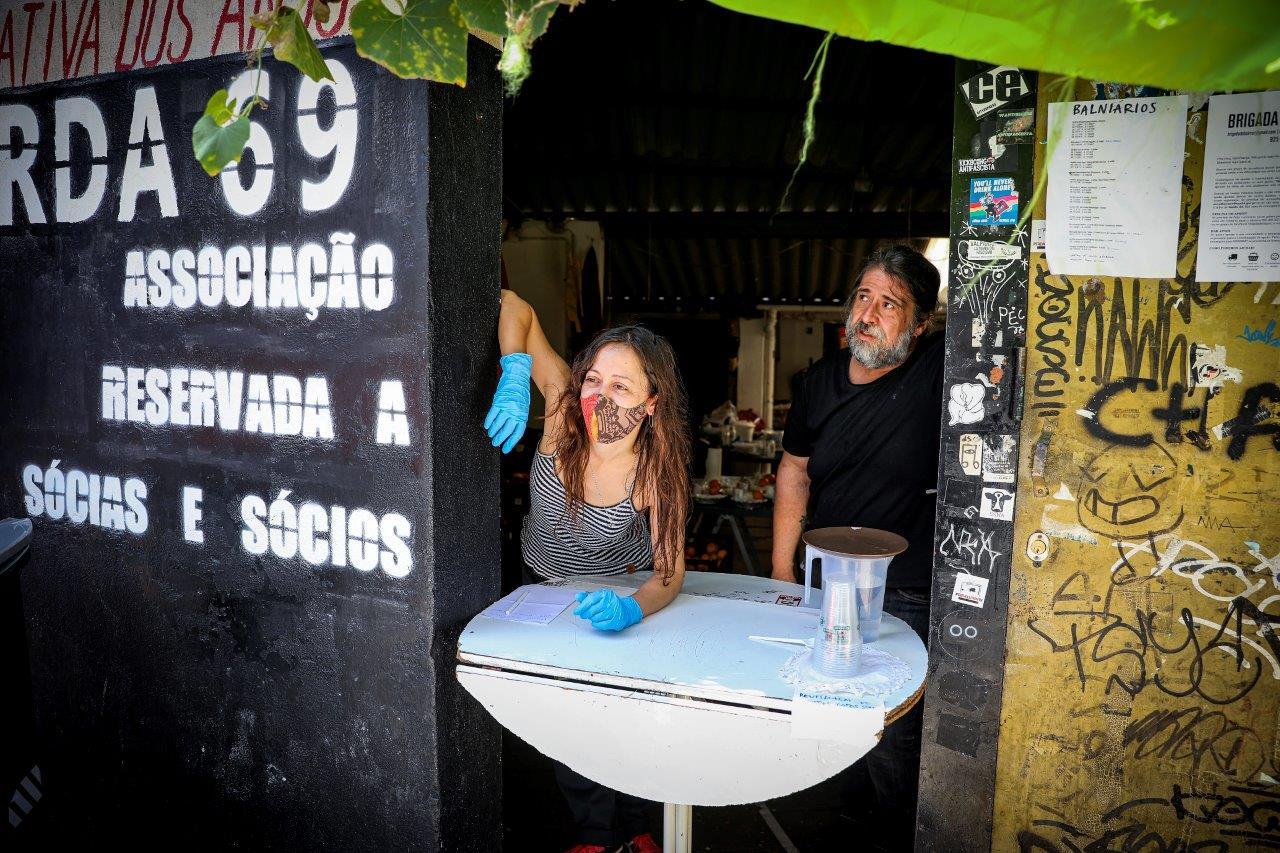
Of its various activities, the most remarkable and complex consisted until March 2020 in a daily canteen that served around eighty cheap meals a day, six days per week. People running the canteen were paid for their shifts, with increasingly organized methods of shift allocation, task systematization, and even informal forms of social security. On the one hand, this canteen provided a consistent service that sustained the social center, on the other hand, being the most time-intensive activity, it constantly risked engulfing everything else, turning the social center into just another funky restaurant for hipsters and tourists.
When the first Covid-19 related lockdown measures were announced in mid-March of 2020, attempts were made to keep the canteen functioning on a take-away basis, at cheaper prices, in order to continue providing the neighborhood with affordable meals. However, it soon became evident that people weren’t venturing out to eat.

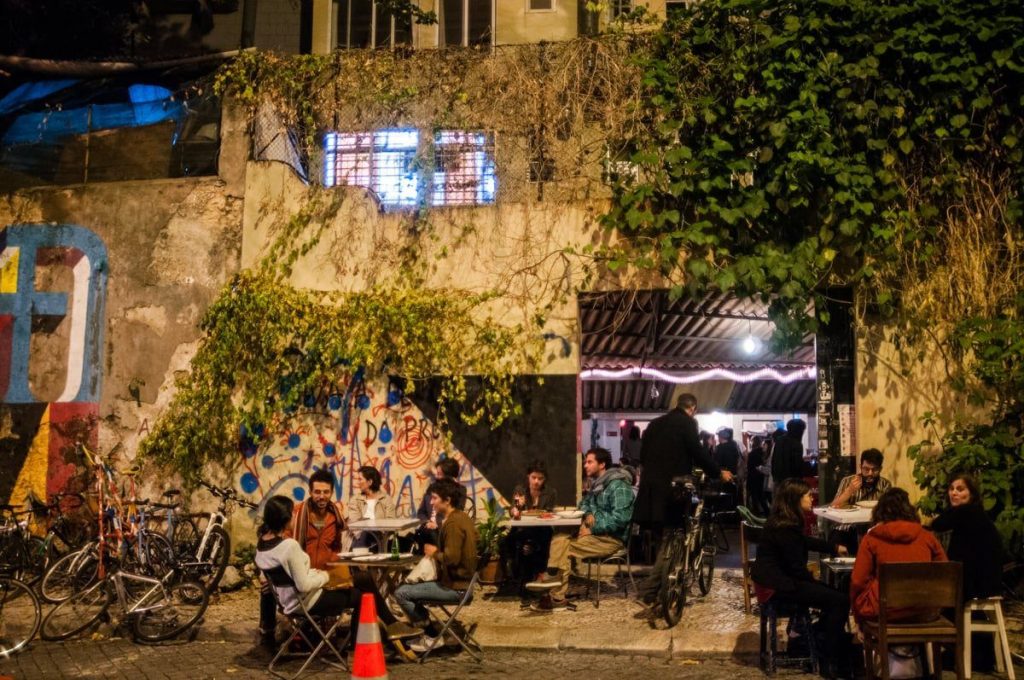
An unlikely choice was then made: to give the food away for free, for as long as RDA could financially sustain it. RDA had the structure and the know-how to cook for large numbers of people, and the apocalyptic atmosphere of the first lockdown certainly called for it, so why not? The first week, volunteer shifts of two people cooked and distributed around forty meals. The second week, both the number of people and the number of meals doubled: eighty meals cooked by teams of four. By the end of the first month shifts of five and more people were cooking and distributing an average of two hundred daily meals.
When RDA announced the free canteen on social media, donations began spontaneously pouring in, something that — unlike in the UK or the US — was totally unheard of, given that in Portugal the movement has its own precarious economy and generally does not depend on donations.
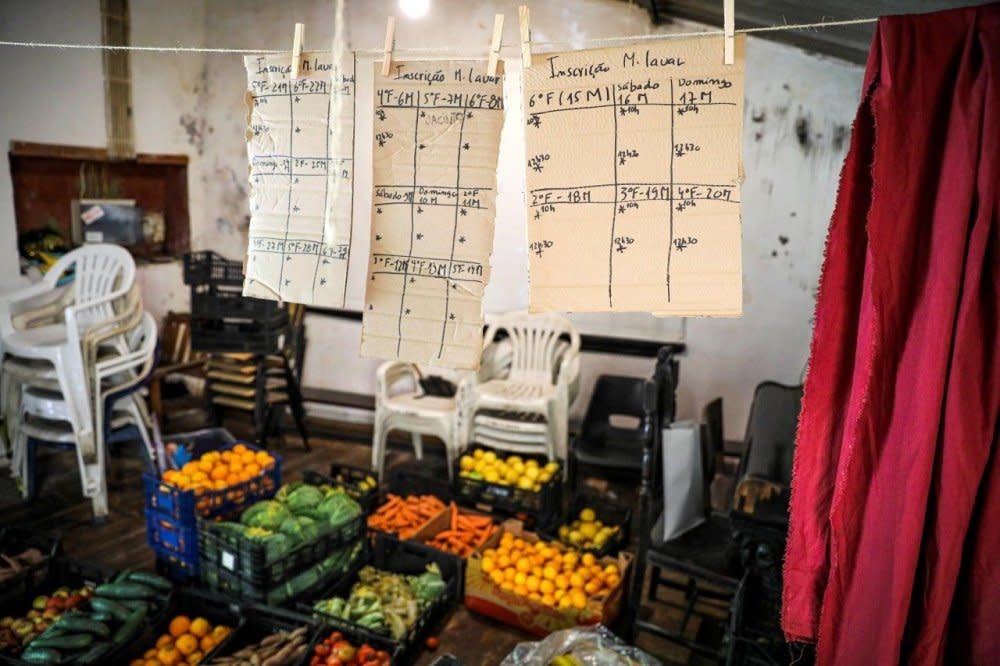
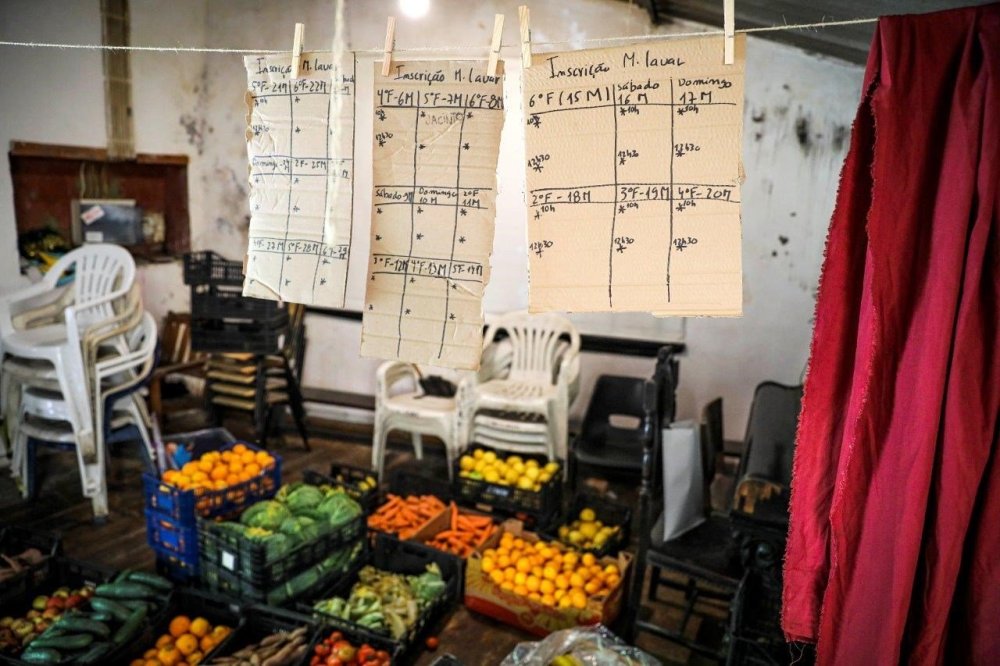
The people using the canteen were diverse. There was the neighborhood’s homeless population, first and foremost, but also a fair amount of the area’s large elderly population. The latter live either off the very cheap meals provided by local restaurants (as their houses often lack facilities for cooking) or by the state’s institutions, both of which were shut down in a hurry because of the lockdown measures. But quite a few workers used the canteen too, including many delivery drivers. A considerable number of migrant restaurant workers from Brazil, Nepal, and Bangladesh also turned up, many of whose meager resources had quickly run out after restaurants closed, leaving them homeless and without enough money to eat.
As the weeks went by, two things occurred. First, the organization of the free canteen got smoother, more sophisticated, more efficient. Groceries were stockpiled, menus were streamlined and decided beforehand, and shifts quickly filled up weeks in advance. Second, the frontier between militants and canteen users started to fade. People using the canteen started to cook, pack and distribute food alongside collective members. Strangers popped up to lend a hand and ended up being assigned shifts later in the week. Slowly, RDA’s spatial organization began to service these new relations: canteen visitors now had a place to charge their phones, wash and dry their clothes, etc.
From this new sociality, which now greatly surpassed RDA’s milieu, the plan came to squat a neighboring building on the same block that could serve as a day center as well as a place where the neighborhood’s homeless population could organize autonomously to meet their own needs: a place to shower, do the laundry, sit down to eat, find shelter from the weather, but also a place to play some checkers, read the newspaper, etc.
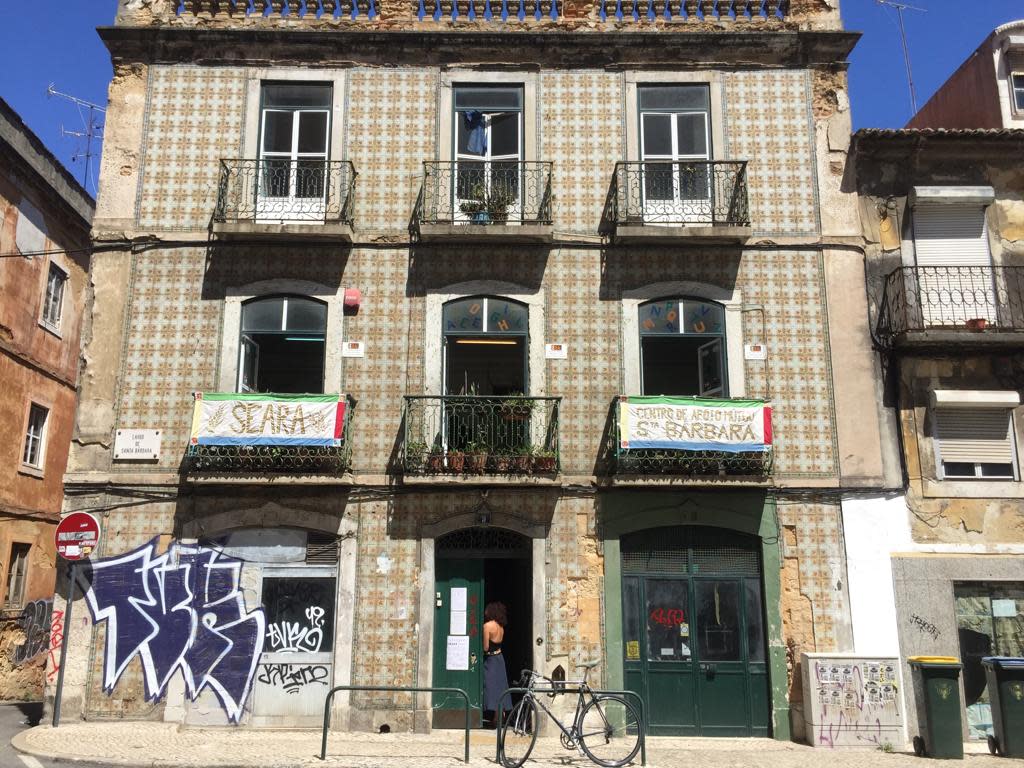

Seara 2, as this place came to be known, was squatted in late April. The group of volunteers who took it over was independent of RDA. It was composed of people from various movement collectives as well as others from outside the activist milieu entirely. Seara was open daily from 11am to 4pm, and in addition to essential utilities, it also hosted daily activities, including a live band that regularly streamed their performances online. After a few days, the empty buildings next door were also squatted by people who found themselves in need of housing after having lost their jobs and their homes.
The occupation of Seara and the adjacent buildings meant that almost an entire block in the center of Lisbon was squatted and transformed into a huge mutual aid headquarters, while RDA (alongside several other collectives 3) operated canteens in nearby spots and elsewhere in the Lisbon metropolitan area, distributing more than 1000 meals per day. Hundreds of people came by every day, helping out here, being helped there. Jokingly, people started referring to the block as the Arroios Commune 4.
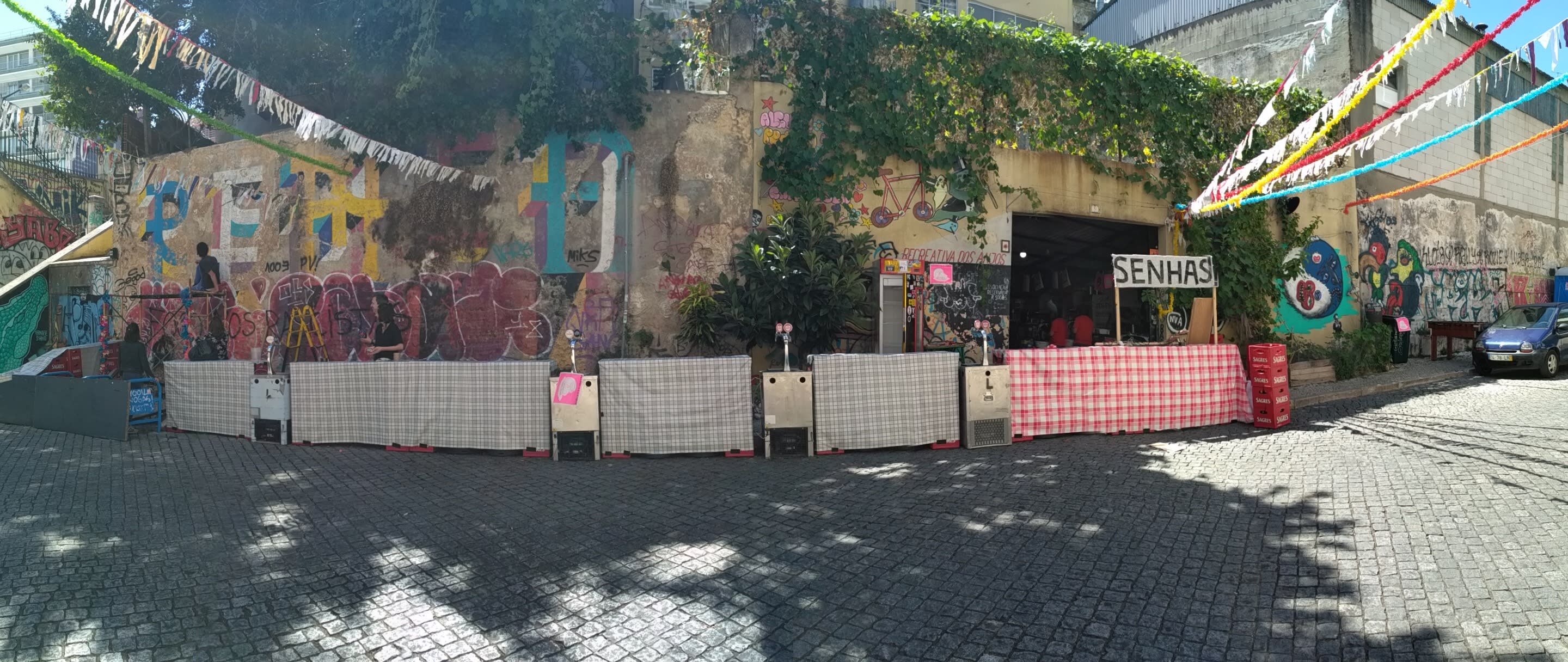
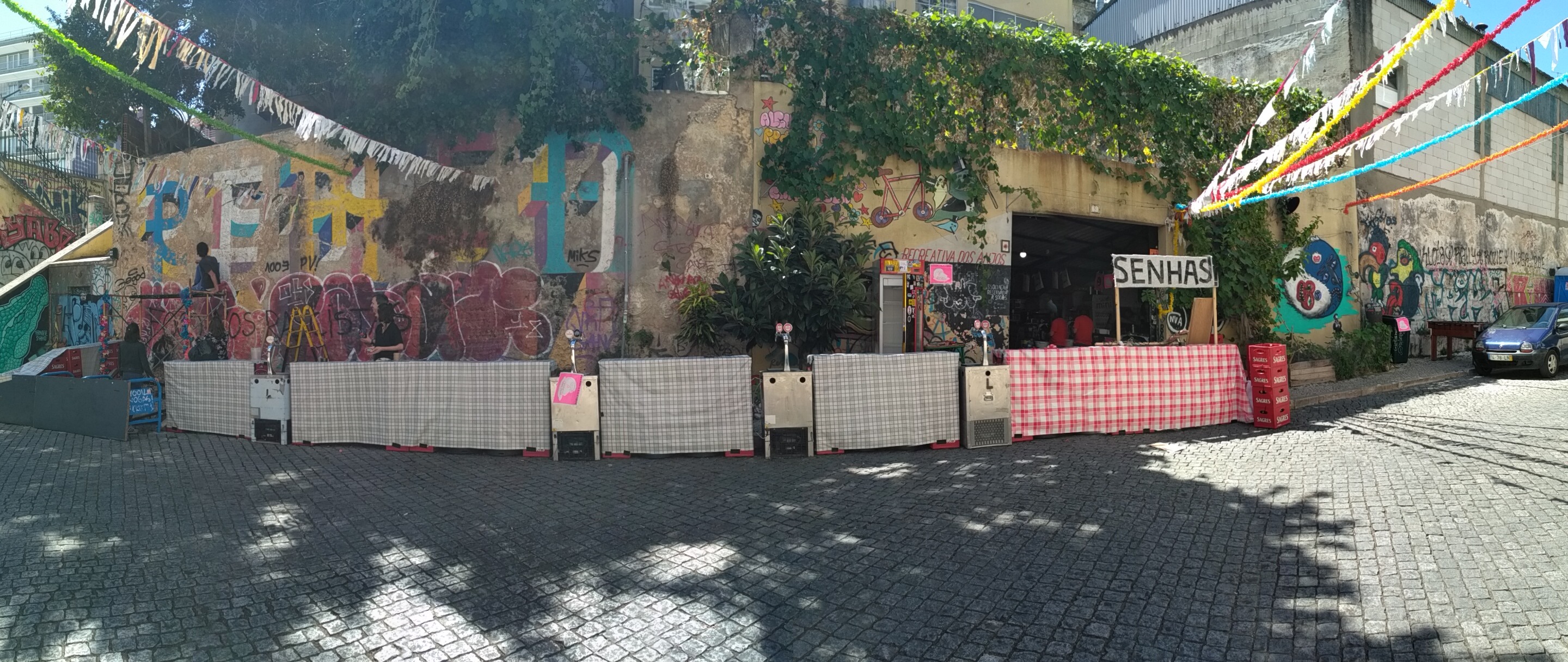
Seara’s eviction was swift in coming. Faced with the impossibility of a speedy legal eviction, the owners — an international investment fund — hired a private security firm to carry out the operation. Confrontations between armed bouncers, police, the squatters, and the hundreds of people who showed up in solidarity lasted an entire day, with protesters managing to retake the building for a few hours before eventually being evicted again.
RDA canteen’s lasted until September 2020, until funds ran out and exhaustion finally set in. Over 25,000 meals were served during this period. Afterwards, RDA continued to open daily, albeit on a different basis: food staples, cooking utensils and stove tops were made available for people to use. Some forty people show up every day, cooking, sharing tasks, some of them now sleeping in front of the social center. This still continues today(December, 2020).
Negative Care
This experience brought forth a shared perception. For those involved, the whole process resonated with the sorts of sensual and intuitive affects that they had previously experienced within riots, insurrections, and mass social movements. Gestures like this were of a similar nature to what had occurred within the riots and occupations that people had lived through earlier in the decade. It was neither mere mutual-aid nor a petit-bourgeois fantasy of déclassement, but an expression of something qualitatively different, something that occurs beyond the temporality of production and reproduction.
This is a bold claim. After all, no matter how interesting this process might appear or how enthusiastic its description might be, it is still by all accounts a rather modest affair, plagued by various problems and contradictions, lacking the apotheotic fury of other more fiery events. Command over the metropolis was never revoked, and the only smoke filling the night sky came from the steam of boiling vegetables. Nevertheless, it is precisely in such a minor role that its relevance might reside.
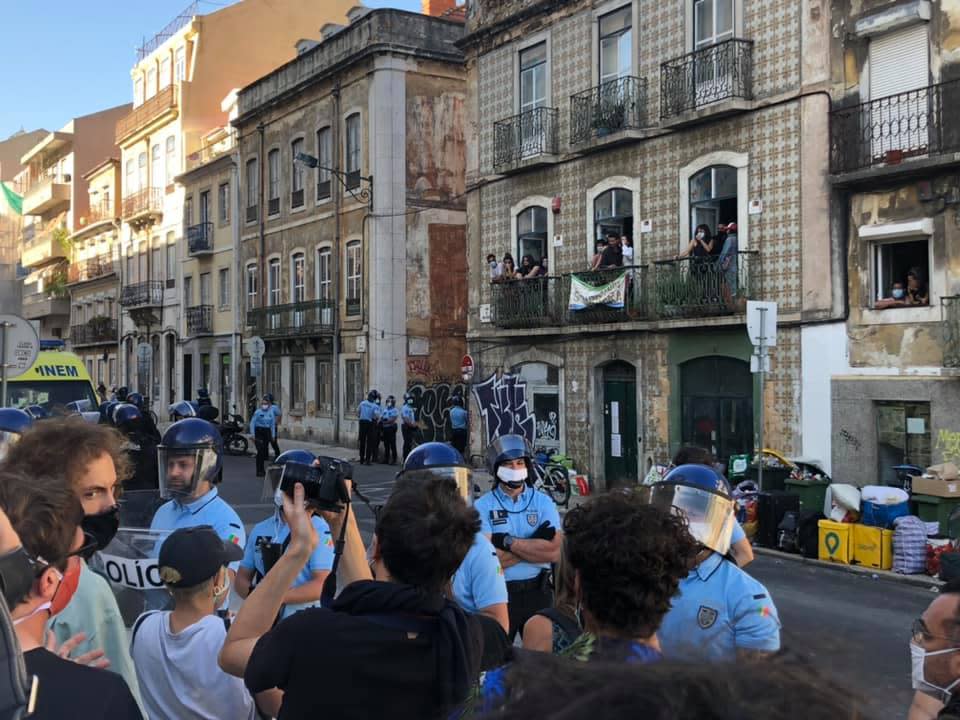
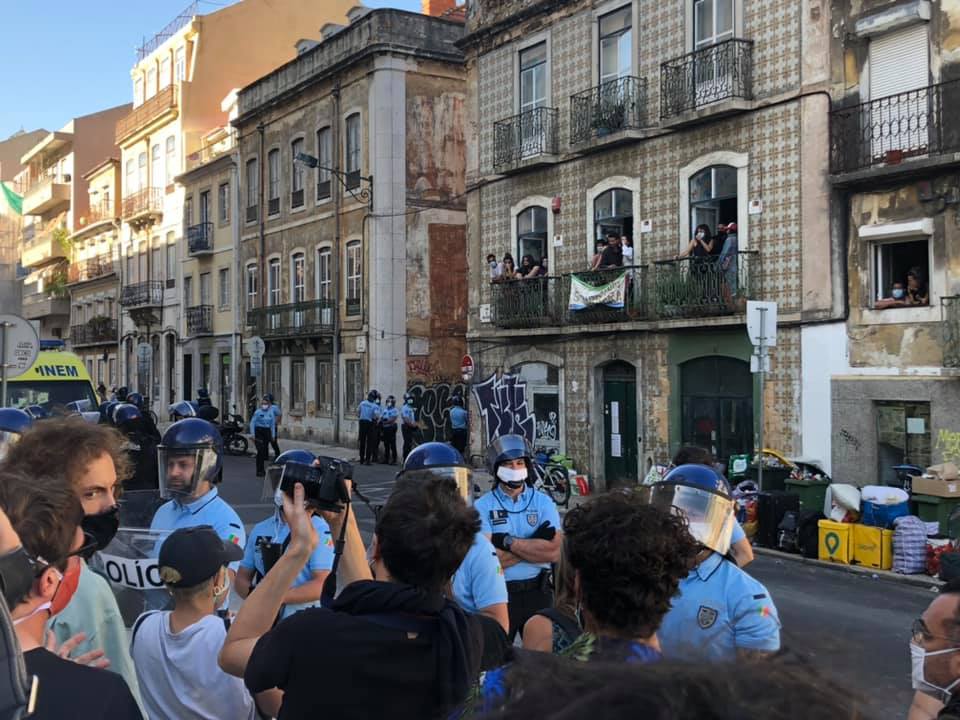
What sort of affect traverses both mass insurrections and the small gestures described above? At issue is not simply a desertion from the institutions that rule life, but also a process wherein instances of command are deactivated, even if briefly. To take a tentative example, we may think of the revocation of the experience of time and space in the midst of a rebellion. The temporality of production and reproduction and the spatial organization of the city, like the conditions of possibility of metropolitan command, all seemingly collapse. Rebellions begin and end, but within them time seems to last forever. Insurrections suspend the perception of the sovereign organization of time and space.
However, such ideas of suspension are called into question when it becomes obvious that the contemporary pandemic lockdown measures also operate a suspension. This is obvious in the skewed experience of time that has emerged throughout this period: time became a mush, an indistinct mass of undifferentiated events. March turned into December. No one ever really knows what day of the week it is. Houses and apartments have for the most part turned into sites of despair and isolation. The promise of the city, if it was still possible to claim such a promise of adventure and dérive in contemporary metropolitan territories, showed itself for the fraud and scam that it has become. The permanent Sunday of the emptied metropolitan sprawl merely reveals the brutality and absurdity of the places we were unfortunate enough to traverse daily in our pre-pandemic lives.
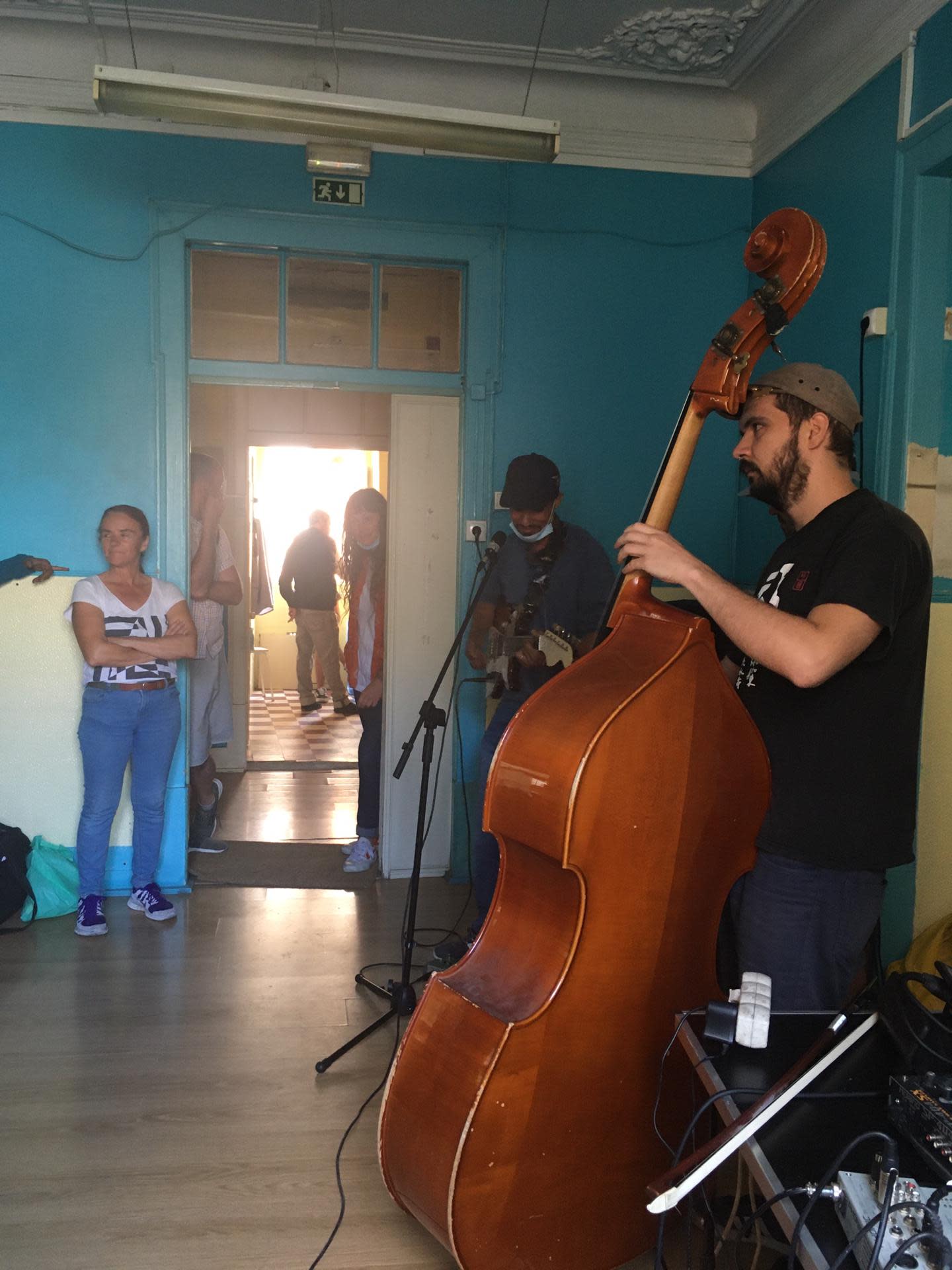
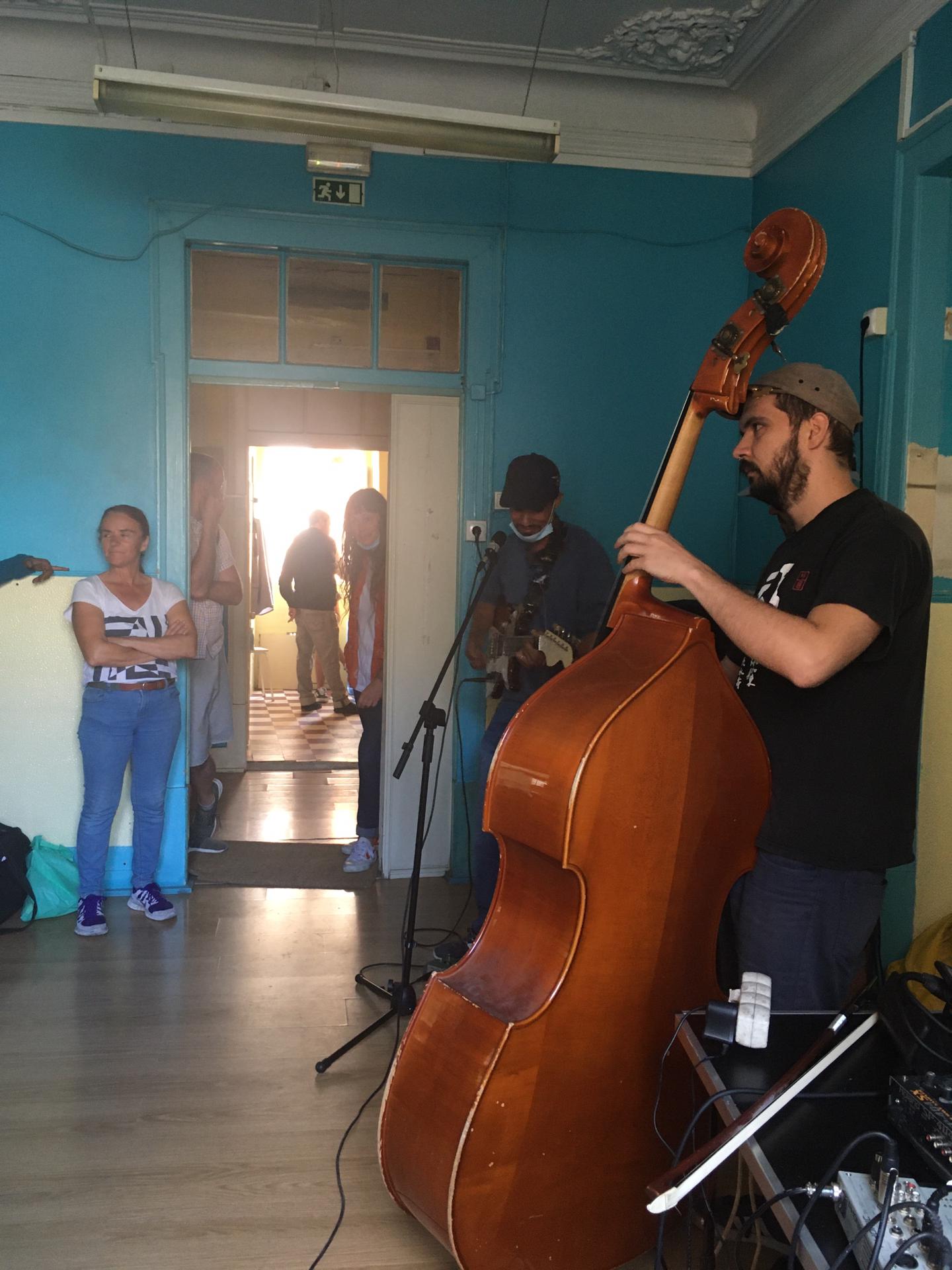
It becomes crucial to distinguish such a sovereign suspension from a destituent one. In lockdown, time and space aren’t so much abolished as they are frozen or crystallized. In other words, the apparatuses of subjectivation that operate within the spheres of time and space are locked into place and, in their immobility, they suddenly become directly perceptible. A frozen apparatus stops being a pernicious command over subjectivation to become mere authority: once the systems and networks that organize processes of subjectivation are interrupted they no longer mobilize a becoming, but rather appear as pure authority. The language of power stops being about “the way things should be” to become something closer to the raw, despotic injunction of the boss or the cop.
If the possibility of a collective political gesture depends upon the unfolding of social relations across historical time, and on the relations of antagonism that unfold within the metropolitan organization of territory, then the crystallization of the forms of command at work in any of those dimensions seemingly forbids any possibility of an antagonistic gesture. How does one shoot a frozen clock? If time and space are frozen, how can they ever be interrupted, suspended, abolished?

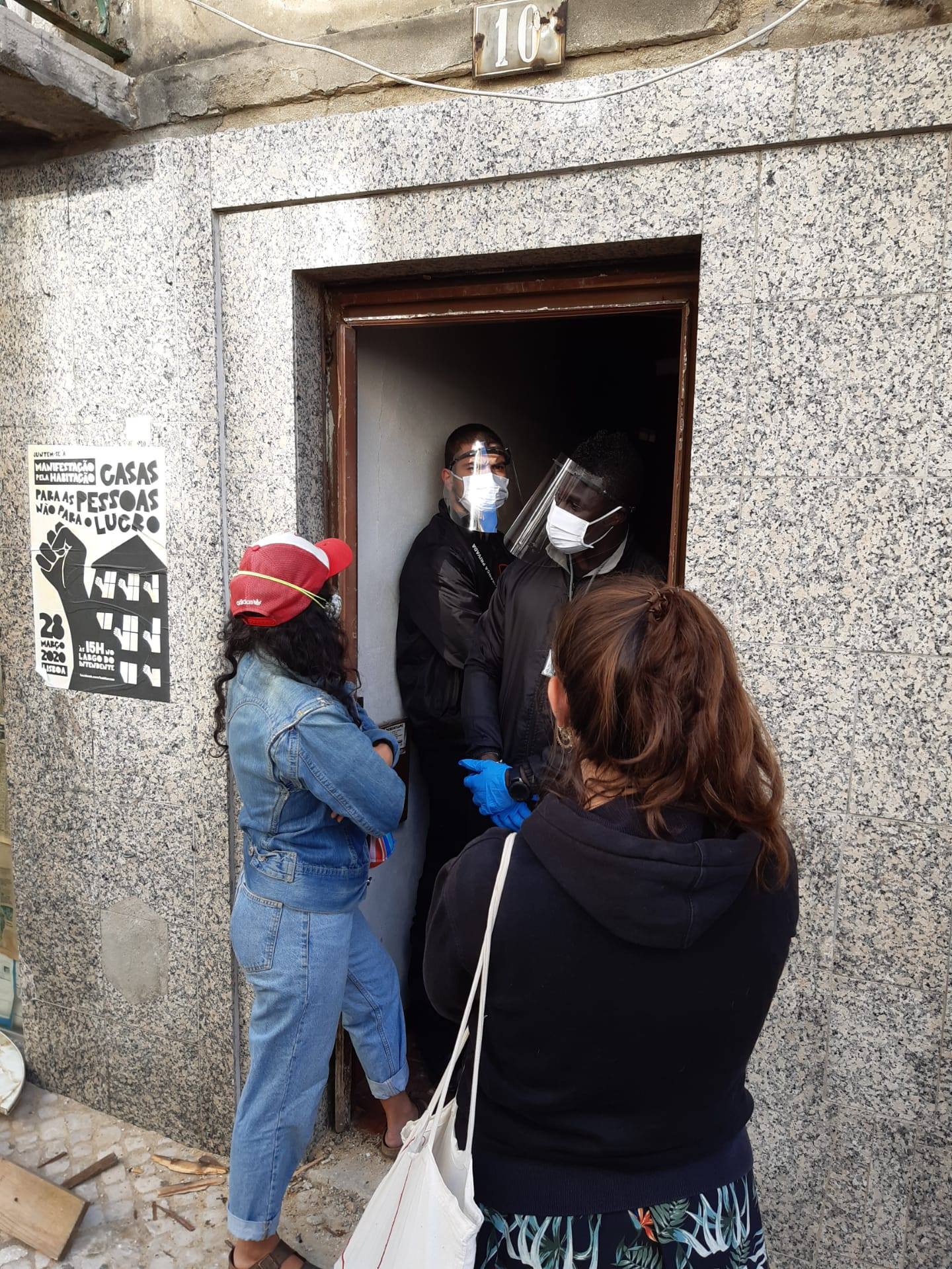
It is precisely in this problematization of politics that apparently divergent gestures — the riot and the lockdown canteen — begin to converge. In both, the dialectics internal to time and space are seemingly broken off, and in their place, a clear antagonism surfaces. In this concrete context, i.e., that of a sovereign suspension of social life (one that deploys strategic measures learned precisely in counterinsurgency operations), the free canteen and the ensuing occupation of Seara found a way to build antagonistic social relations that exist beyond politics.
The fact that the gesture of demonetizing and decommodifying certain practices of care immediately took on an offensive posture through spontaneous occupations, and one that greatly surpassed the capacity of the pre-existing activist milieu, illustrates how such antagonistic gestures go beyond representation, management, and voluntarism. That the response to it was carried out first and foremost by non-state private violence workers adds credence to this suggestion that these conflicts outstripped the framework of conventional “politics.”

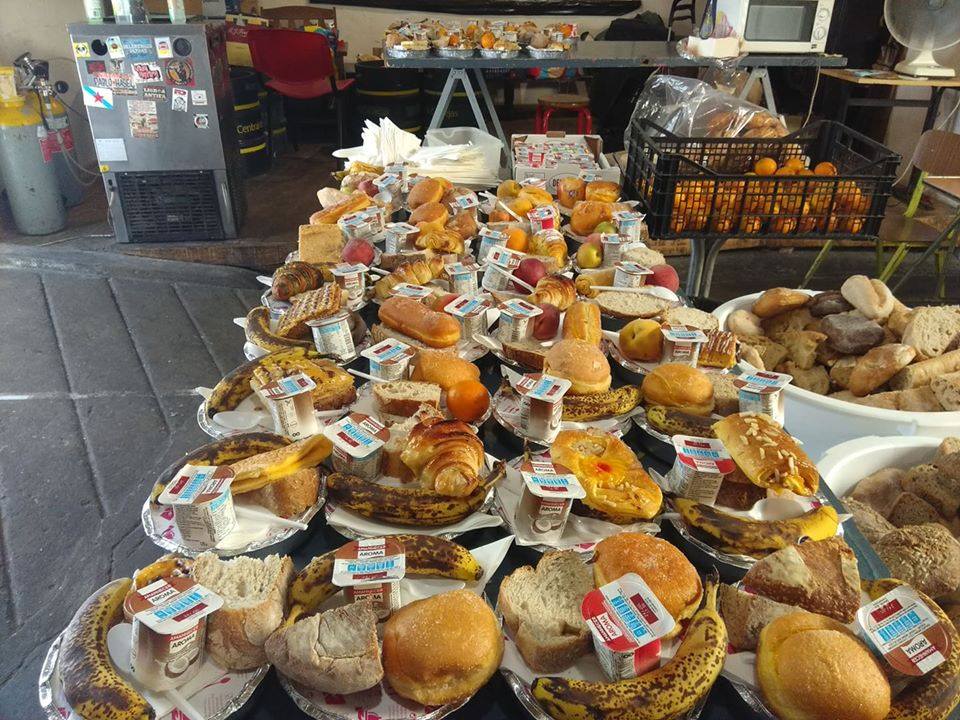
Even if we’re not talking about an insurrection, a riot, or anything remotely close to these, an analogous conceptual framework can still be applied in order to make sense of what happened: what is in question is not a reconstitution of civil society interrupted by a state of exception, but an experimentation in modes of collective organization that reach beyond whatever was previously possible.
The revolts and insurrections of the past decade bear witness to a use of violence that is far from being played out in sovereign or military terms, a violence that aims instead to interrupt and depose authority and command, a violence that acts as an undoing. The question, then, is whether we can think of a similar process playing out in categories other than that of violence. Can we think of practices of mutual aid or care whose action rests on an undoing?
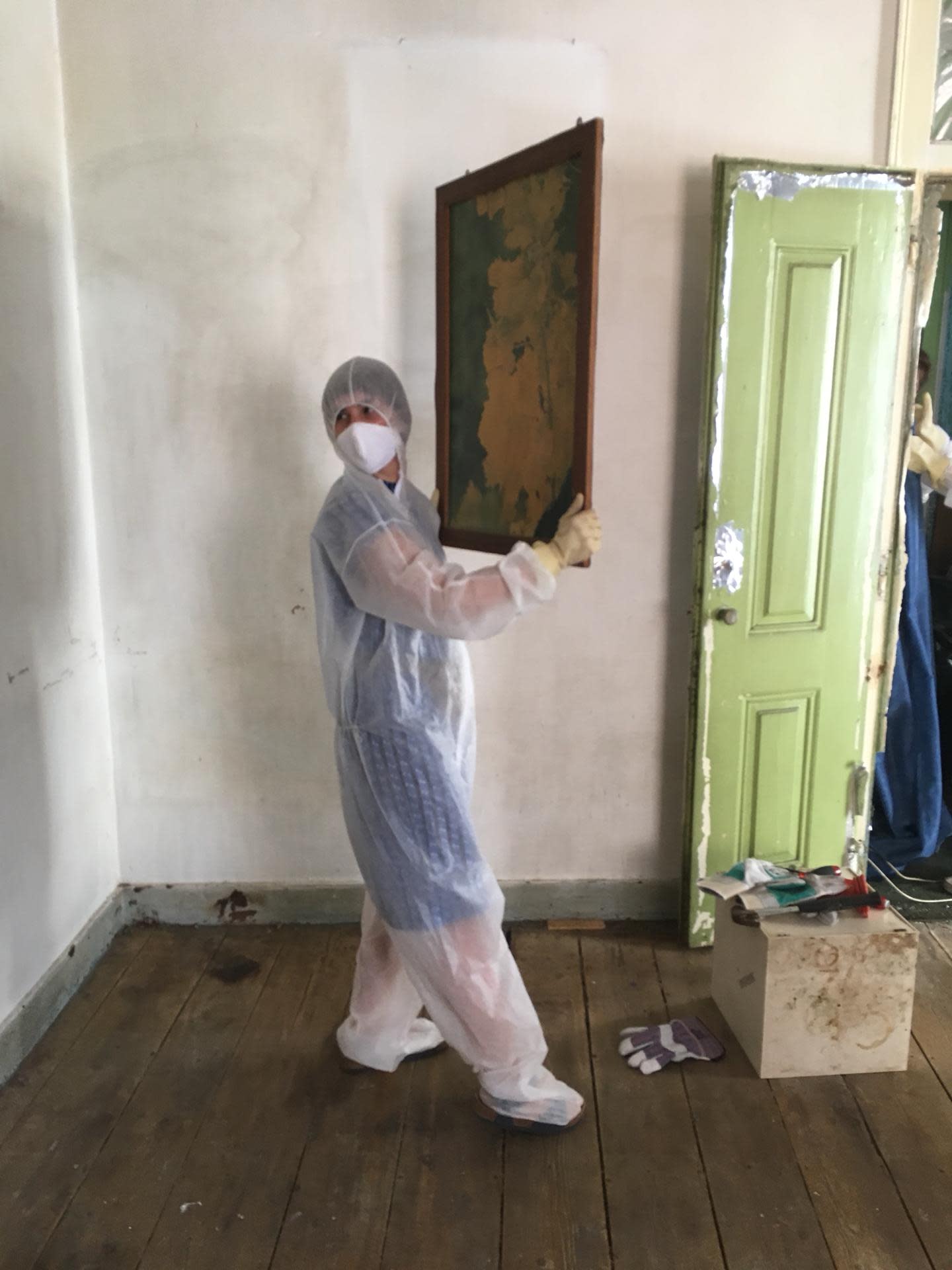

By themselves, “mutual aid” and “care” aren’t necessarily antagonistic categories, and they can easily assume the same constituent, sovereign, and reformist overtones one associates with any other political repertoire. The question here is different: can one conceive of gestures of mutual aid and care that don’t emerge as a new grounding — i.e., as the presupposition of an exteriority to capital resting on the self-celebrated beauty of such gestures — but rather as forms of destitution? In other words: how can the initiatives we organize become indistinguishable in their constructive and offensive aims? Rather than thinking of care and mutual aid as actions whose value resides in their noble ideals, in how they allegedly portray a fairer world to come, or in how they might constitute a tiny and brief respite from the hostility of capitalist social relations, we should understand them as weapons, as a method of interruption and suspension.
Such forms are easily identified within insurrections, since they are always happening behind the scenes at riots: expropriation and sharing of commodities, popular canteens that feed protesters, street medics, etc. Can we also think of them beyond such violence, not because we must refuse violence, but because we don’t want to depend on the possibility of being capable of enacting violence? This would require us to think of something like a negative care: a care of self and others that doesn’t presuppose the social and affective relations it creates, a care that instead dissolves and deserts rather than enforces the normativity grounding those same relations.
Every cycle of struggles has sought to propose a mediation between the moment of redemption — of revolution — and the actuality and materiality of historical conditions. Such mediation has been denounced as politics, socialism, transition, reform, “programatism”, etc. But such mediation can assume a form that, instead of developing an instrumental articulation, seeks to slowly, steadily, and carefully, untangle itself from such necessity. The global pandemic and the measures associated with it open the possibility of thinking antagonistic gestures that go beyond the impasse between the ecstatic and the melancholic tides of social movements, between the fleeting joy of riotous rupture and the despair that awaits us at their conclusion, when the nightmare resumes once again.
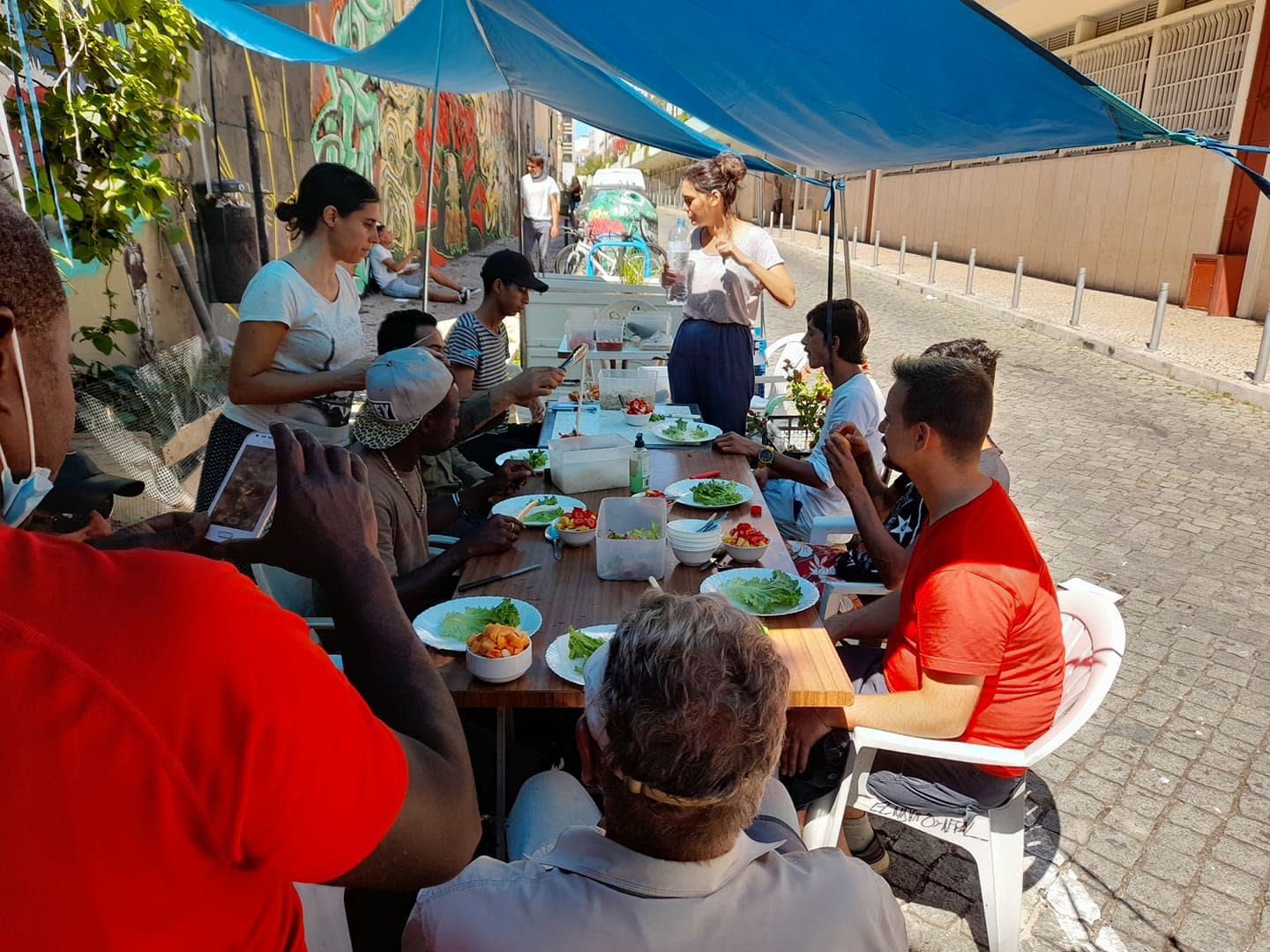

Notes
1. The general composition of the left in Portugal was, until the anti-austerity movements of 2011-2012, strongly determined by the institutional framework that emerged from the 1974 carnation revolution. For a description of this process see here. ↰
2. Seara: A cereal field, but also a group of people.↰
3. The Mula Coop, in the nearby town of Barreiro, carried out an impressive food pantry for several months. Disgraça, a social center in a nearby neighborhood also had a free canteen functioning daily. Provisório, yet another space near RDA, also had a similar project going on for a couple of months. ↰
4. The “Arroios Commune” eventually put out a small text on what was happening, available here.↰